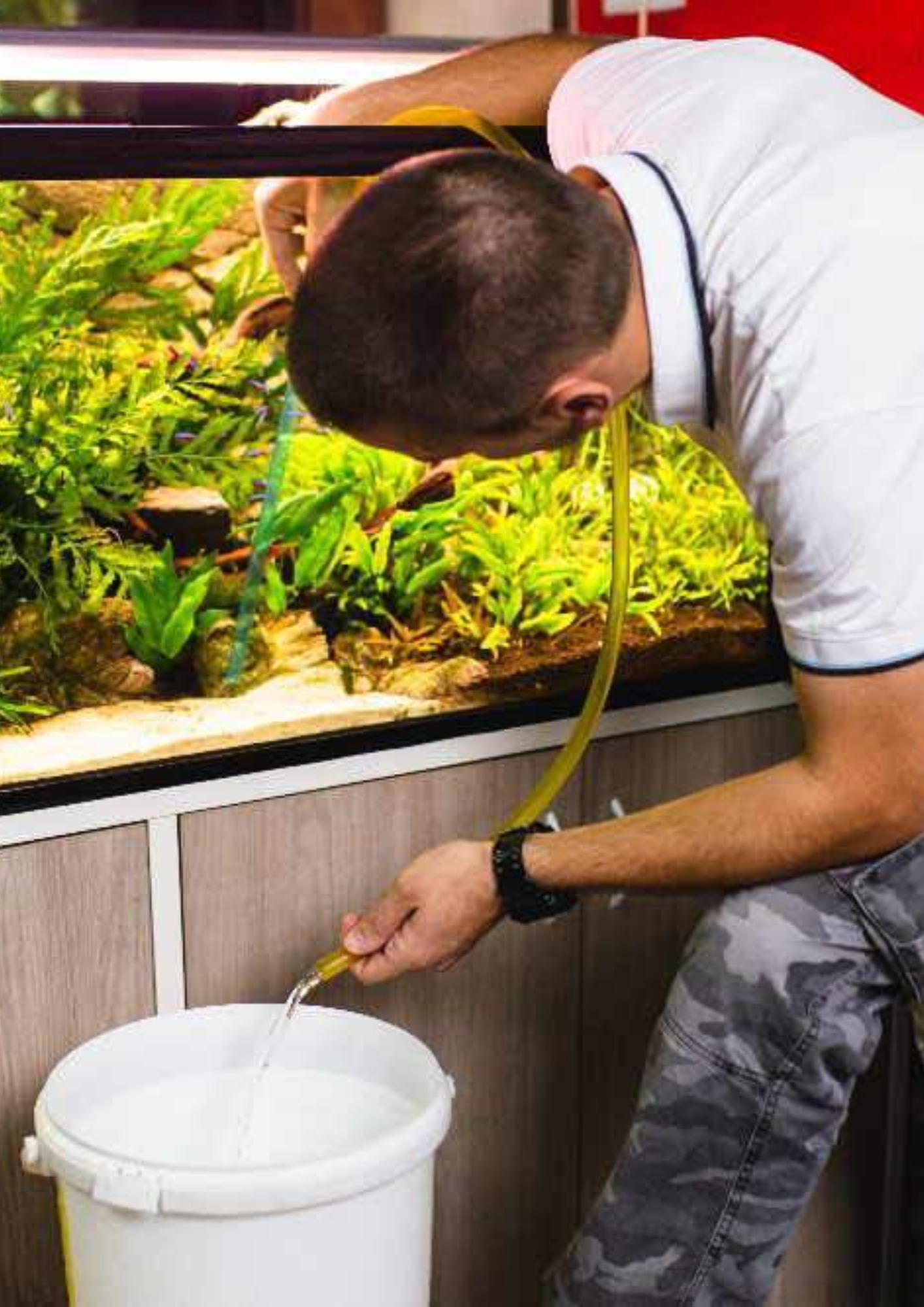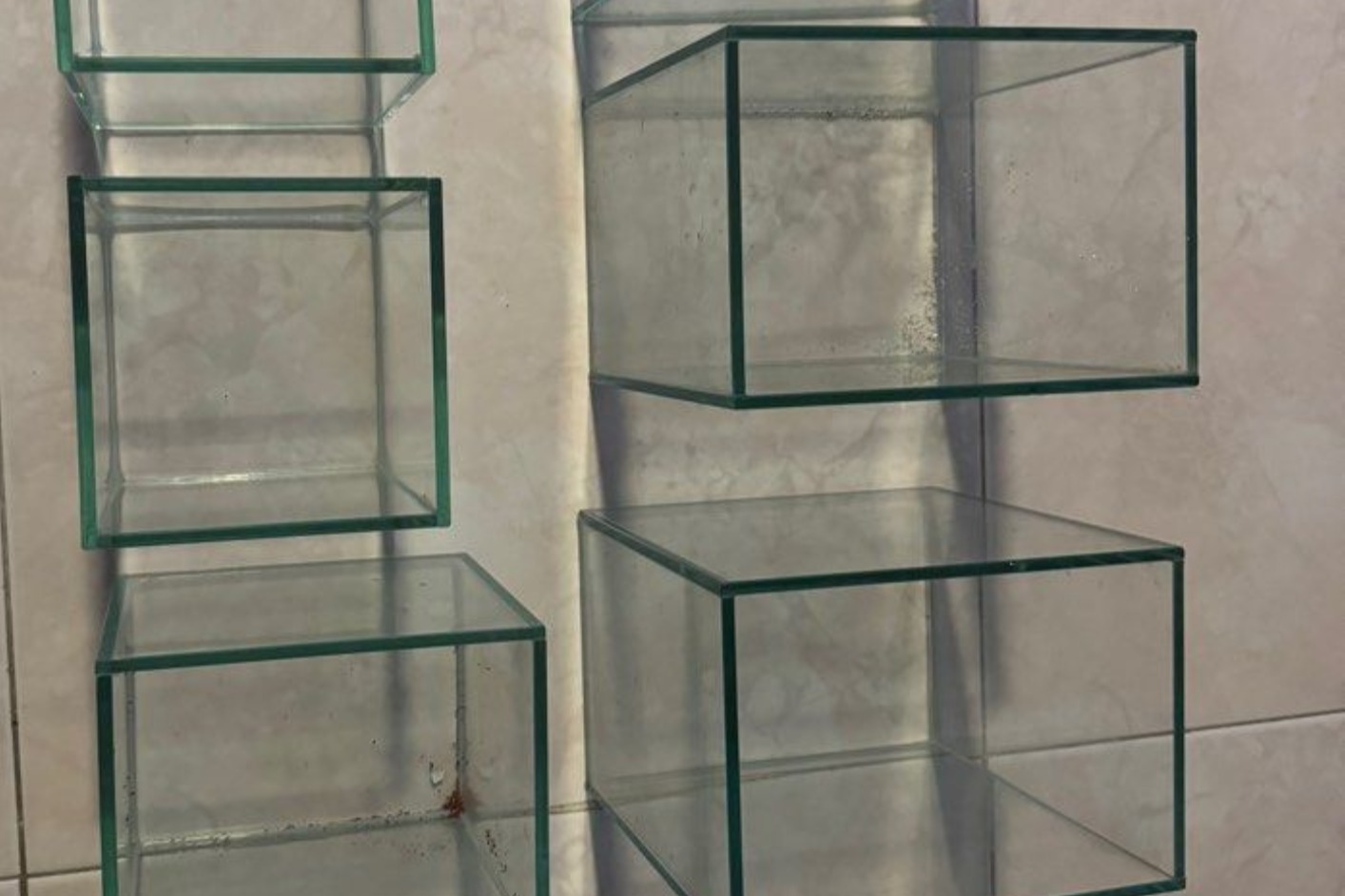
Aquaspacing is an innovative and sustainable agricultural technique designed to optimize water usage and improve crop yield by carefully managing the spacing of water delivery systems. This method is particularly effective in areas with water scarcity or irregular rainfall, as it ensures that every drop of water is used efficiently. By combining strategic water placement with precise crop spacing, aquaspacing reduces water wastage, enhances soil health, and supports sustainable farming practices.
The core principle of aquaspacing involves calculating the optimal distance between plants and the water source, such as drip emitters or irrigation lines. This spacing is determined based on factors like soil type, crop variety, and climate conditions. Unlike traditional irrigation methods, which often result in uneven water distribution, aquaspacing delivers water directly to the root zone of each plant, promoting better absorption and reducing runoff and evaporation.
Environmental benefits are also significant. Aquaspacing minimizes the overuse of water resources and reduces the risk of soil erosion and nutrient leaching. It aligns with modern sustainable agriculture goals by promoting efficient resource management and reducing the ecological footprint of farming.
In summary, aquaspacing is a smart, forward-thinking solution for today’s water-challenged agricultural landscape. By focusing on precision, efficiency, and sustainability, it empowers farmers to produce more with less, ensuring food security while preserving natural resources for future generations
Maintenance services play a crucial role in preserving the functionality, safety, and efficiency of equipment, infrastructure, and facilities across various industries. Whether for residential, commercial, or industrial settings, timely and professional maintenance ensures that systems operate smoothly and reduces the risk of unexpected failures or costly repairs.
There are several types of maintenance services, including preventive, corrective, and predictive maintenance. Preventive maintenance involves routine inspections and servicing to prevent breakdowns before they occur. This can include oil changes, filter replacements, system checks, and cleaning. Corrective maintenance addresses issues after a fault is detected, such as repairing broken machinery or fixing leaks. Predictive maintenance uses advanced technologies like sensors and analytics to forecast equipment failures, allowing for timely intervention.
In commercial and industrial environments, maintenance services cover everything from HVAC systems, electrical and plumbing installations, to heavy machinery and automation systems. In residential areas, these services may include appliance repair, pest control, plumbing, landscaping, and electrical maintenance. Well-executed maintenance plans not only extend the life of assets but also ensure safety standards and compliance with regulatory requirements.
Professional maintenance service providers employ skilled technicians and use specialized tools and technologies to diagnose and resolve issues efficiently. They also help in maintaining detailed records of equipment performance and repairs, which is vital for audits, planning, and budgeting.
Outsourcing maintenance services can save businesses valuable time and resources, allowing them to focus on core operations while ensuring optimal performance of their assets.


A customize tank is a specialized storage solution designed to meet specific requirements across various industries such as agriculture, manufacturing, chemical processing, water treatment, and more. Unlike standard tanks, customized tanks are built to fit unique specifications in terms of size, shape, material, capacity, and function, ensuring optimal performance, safety, and durability.
Custom tanks can be manufactured using a variety of materials including stainless steel, mild steel, polyethylene, fiberglass, and PVC, depending on the nature of the substance being stored—whether it’s water, fuel, chemicals, food products, or waste. Engineers and designers work closely with clients to assess their operational needs, installation environment, and safety regulations, creating a tailor-made solution that enhances efficiency and reliability.